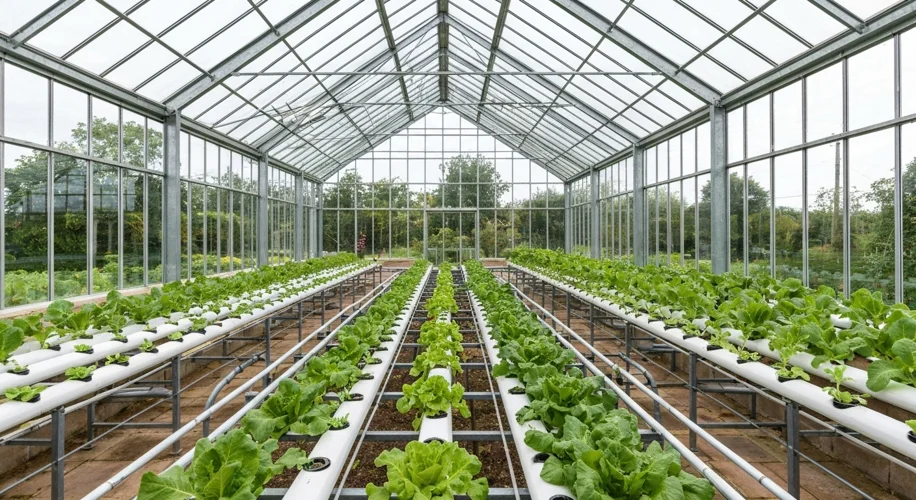It’s amazing how much technology can simplify our lives, even when it comes to the outdoor areas of our homes. Today, I want to dive into something a bit more technical: automating outdoor systems like sliding gates and pond pumps using Wi-Fi, smart plugs, and even energy monitoring. It might sound complex, but with a few smart choices, you can bring a new level of convenience and control to your property.
Connecting Your Outdoor Gear
Think about your sliding gate or that quiet pond pump that keeps your water feature healthy. Traditionally, these run on their own schedules, often with manual controls. But what if you could manage them from your phone, even when you’re away? That’s where Wi-Fi modules and smart plugs come in.
For many devices, especially those that simply need to be turned on or off, a robust outdoor-rated smart plug is your best friend. These plugs connect to your home’s Wi-Fi network. You can then use a smartphone app to schedule when the plug turns on or off, or even control it remotely. Imagine scheduling your pond pump to run during specific hours to maintain water quality, or ensuring your gate is only accessible during certain times. It’s all about convenience and efficiency.
The Tech Behind the Scenes
When we talk about Wi-Fi modules, we’re often looking at integrating connectivity directly into the existing systems. For a sliding gate, this might involve a module that allows the gate’s motor to receive commands wirelessly. This can often be wired into the gate’s existing control panel. The key is ensuring the module is compatible with your specific gate opener system.
For less sophisticated devices, like a simple pump, a smart plug is often the most straightforward solution. However, not all smart plugs are created equal, especially when they’re going to live outside. You’ll want to look for plugs that are specifically rated for outdoor use, meaning they can withstand rain, dust, and temperature fluctuations. These usually have a higher IP (Ingress Protection) rating.
Tackling Outdoor Challenges
One of the biggest challenges when setting up outdoor smart systems is signal strength. Wi-Fi signals can be weakened by walls, fences, and even dense foliage. You might need to consider a Wi-Fi extender or a mesh network system to ensure a strong, reliable connection to your outdoor devices. Placement is also crucial – positioning your smart plug or Wi-Fi module where it gets the best reception will make a world of difference.
Another aspect to consider is power usage. Many smart plugs offer energy monitoring features. This is fantastic for understanding how much electricity your pond pump or other outdoor equipment is consuming. Over time, this data can help you identify ways to save energy and reduce your utility bills. Imagine seeing exactly how much power your gate opener uses each time it activates – it’s a level of insight that was hard to come by before.
Bringing It All Together
Integrating these systems might require a bit of DIY spirit. For instance, connecting a Wi-Fi module to a gate opener might involve understanding basic wiring. Always prioritize safety and, if you’re unsure, it’s best to consult with a qualified electrician or a smart home professional. The goal is to enhance your home’s functionality, not to create new problems.
By carefully selecting the right smart plugs and Wi-Fi modules, ensuring good connectivity, and understanding the power requirements, you can create a more automated, convenient, and efficient outdoor environment. It’s a step towards a truly smart home, extending its intelligence right to your property lines.

